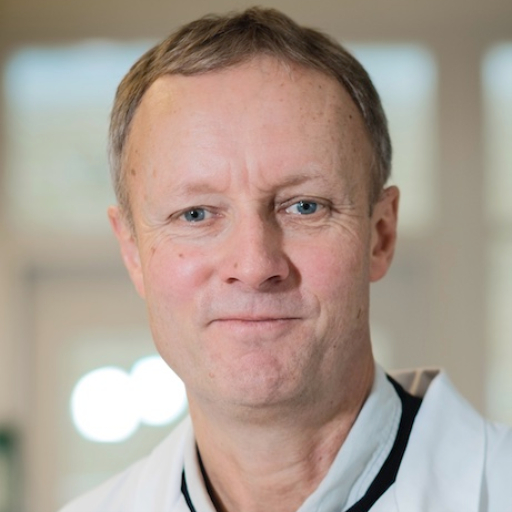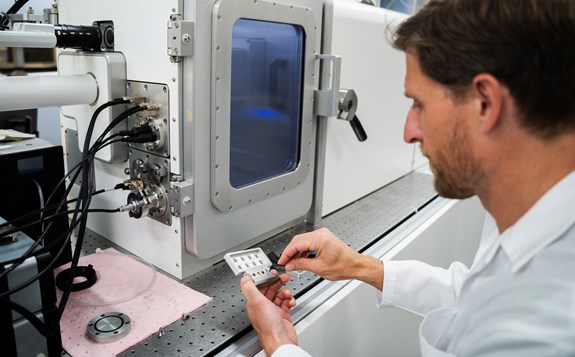We use cookies on this website. Cookies help us deliver the best experience on our website. Read about cookies.
-
- Education
- Education
- Programmes and courses
- Applications and admissions
- Tuition fees
- Scholarships
- Exchange studies at Malmö University
- Study Guidance
-
- After admission
- After admission
- Moving to Malmö
- Pre-orientation
- Arrival guide
-
- About studies at Malmö University
- About studies at Malmö University
- Why choose Malmö University
- Understanding university studies
- Connect with our students
On the page -
- Research
- Research
-
- Doctoral studies
- Doctoral studies
- Doctoral courses
-
- Doctoral schools
- Doctoral schools
- Adaptation of urban space through sustainable regeneration
- ComBine
- Culturally Empowering Education through Language and Literature
- Education, Learning and Globalisation
- Finding ways in a time of great future challenges (FinnFram)
- Swedish National Graduate School in Science and Technology Education Research
- Learning in Multicultural Societal Contexts
- Pedagogy and Vocational Skills
- Relevancing Mathematics and Science Education (RelMaS)
- Sustainable Movement Education
- The National Research School for Professionals in Social Services
- Research subjects
-
- Research centres
- Research centres
- Biofilms Research Centre for Biointerfaces
- Citizen Health
- Imagining and Co-Creating Futures
- Institute for Urban Research
- Malmö Institute for Migration Studies
- Literacy and Inclusive Teaching
- Centre for Work Life Studies
- Sustainable Digitalisation Research Centre
- Centre for Sexology and Sexuality Studies
-
- Research publications
- Research publications
- Search for research publications in Diva
- Malmö University Press
- Research events
- Participate in a research study
- Coffee Break Quiz
On the page -
- Collaboration and Innovation
- Collaboration and Innovation
- Innovation
- Collaboration with students
-
- Collaborate with researchers
- Collaborate with researchers
- Labs and facilities
- Culture collaboration
- Support Malmö University
- Alumni & Friends
On the page -
- About us
- About us
-
- Faculties and departments
- Faculties and departments
-
- Faculty of Culture and Society
- Faculty of Culture and Society
- Department of Global Political Studies
- School of Arts and Communication
- Department of Urban Studies
-
- Faculty of Education and Society
- Faculty of Education and Society
- Department of Childhood, Education and Society
- Department of Sports Sciences
- Department of Culture, Languages and Media
- Department of Natural Science, Mathematics and Society
- Department of Society, Culture and Identity
- Department of School Development and Leadership
-
- Faculty of Technology and Society
- Faculty of Technology and Society
- Department of Computer Science and Media Technology
- Department of Materials Science and Applied Mathematics
- Faculty of Odontology
- University Dental Clinic
-
- Find and contact Malmö University
- Find and contact Malmö University
- Visit Malmö University
-
- News and press
- News and press
- Graphic manual
- Map of the buildings (Google Maps)
- Merchandise
- Supplier information and invoice management
- Whistleblowing
- Management and decision-making paths
-
- Malmö University's strategy 2030
- Malmö University's strategy 2030
- Sustainability
- Widened recruitment and participation
- Quality assurance work at the University
-
- Malmö Academic Choir and Orchestra
- Malmö Academic Choir and Orchestra
- Student work – video pieces
-
- Annual Academic Celebration
- Annual Academic Celebration
- Academic traditions
- Meet our new professors
- Meet our new doctors
- Honorary doctors
- The University in a troubled world
On the page

Börje
Sellergren
Professor, directly appointed
borje.sellergren@mau.se
+46 40 665 78 10
orcid.org/0000-0002-2392-3305
Presentation
Professor Sellergrens research expertise span over supramolecular chemistry, molecular recognition and separation science. Based on rational chemical design, molecular self-assembly and imprinting, abiotic receptors are designed and used in affinity techniques for molecular biomarker analysis and discovery, pathogen inhibition and sensing, cell imaging, extracellular matrix imitations and therapeutics. Both “lock-and-key” and multivalent recognition concepts are being pursued. In the former case, molecular imprinting is used to produce robust receptors (MIPs), often exhibiting antibody-like recognition behaviour with nanomolar or higher affinities for biomolecular targets. Larger objects such as viruses or cells are instead targeted using dynamic multivalent receptors in the form of reversible self-assembled monolayers (rSAMs). This membrane mimetic plug and play approach is used to design dynamic virus or bacterial receptors featuring exceptionally high affinities that are currently explored as inhibitors, cell modulators or sensors. Sellergren has published over 190 scientific publications and 15 patents (H-index: 62) in the field of molecular imprinting and biomimetic chemistry with notable contributions reporting robust lipid bilayer mimetics, protein and peptide imprinting, PTM affinity engineering, combinatorial imprinting and host design. As current and previous coordinator of several EU Research Training Networks and as company founder, he has extensive experience in international training of researchers as well as in project management and business development.
Publications
-
2025 | Article in journal
Synthesis of an Imprinted Receptor Targeted for Sulfonated Aromatic Pollutants by a Stoichiometric Substructure Imprinting Approach
Rupali G. Thorave, Maurizio Celentano, Komal Bankar, Börje Sellergren, Panagiotis Manesiotis, Sudhirkumar Shinde
-
2025 | Article in journal
Dual ACE2 epitope-based biomimetic receptors for selective sensing of SARS-CoV variants
Tiba Al-Dujaili, Sara Björk Sigurdardóttir, Verónica A Jiménez, Michele Larocca, Börje Sellergren
-
2025 | Article in journal
Gold Nanoparticles with Adaptable Self-Assembled Monolayer Shells Allow Multivalent Inhibition and Sensing of Influenza Virus at Ultralow Concentrations
Yulia Sergeeva, Sing Yee Yeung, Thomas Hix Janssens, Börje Sellergren
-
2025 | Article in journal
Molecularly Imprinted Nanoparticle-Based Assay for Tetracycline Determination at Subnanomolar Levels
Yadiris García, Myleidi Vera, Duván González, Estefanía Vélez-Peña, Börje Sellergren, Verónica A. Jiménez
-
2025 | Article in journal
A Reversible and Dynamic Surface Functionalization for Fluidity Controlled Multivalent Recognition of Lectins and Bacteria
Thomas Hix Janssens, Adam Tillo, Hanna Isaieva, Zita Lopes da Silva, Zahra Fatahi, Michele Larocca, Gustav Sedelius, Sara Björk Sigurdardóttir, Yulia Sergeeva, Tiba Al-Dujaili, Julia R Davies, Kushagr Punyani, Börje Sellergren
